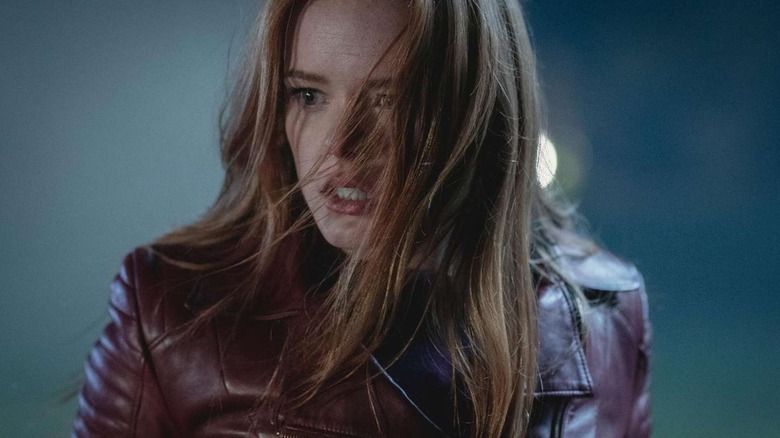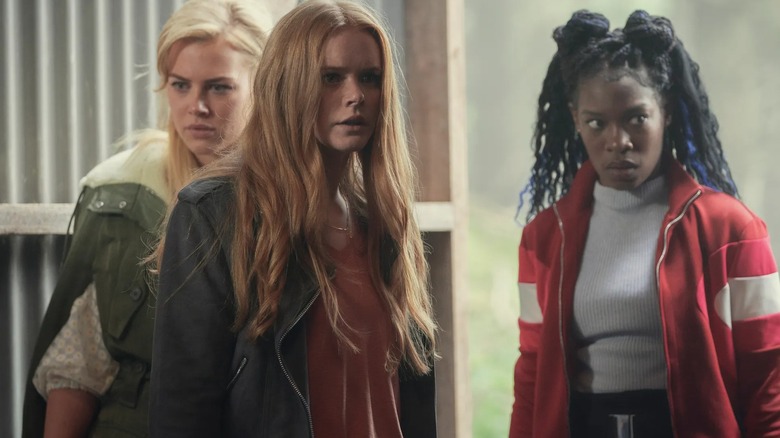
Remember the 2004 Nickelodeon animated series, “Winx Club?” No worries if you don’t; the fantasy show revolves around a group of teen girls known as the Winx, who can turn into fairies with different abilities. While this might sound like a clichéd genre convention, “Winx Club” is anything but, with its character-focused storytelling working hand-in-hand with its refreshing outlook on traditional gender roles. Every female character in “Winx Club” is powerful, self-sufficient, and a far cry from the “damsel in distress” trope; together, they work to expose societal double standards and toxic masculinity. Even on a surface level, the magical universe of “Winx Club” takes us on fun, memorable adventures that require fighting adversaries with the elements as a part of its complex magic system (evoking fun comparisons to “Avatar the Last Airbender,” which premiered one year after this show).
Series creator Iginio Straffi had been interested in a live-action adaptation since 2011, which eventually led to Netflix’s “Fate: The Winx Saga” being produced by Rainbow, a studio co-owned by Straffi and Viacom. The live-action “Winx Saga” (which was show-run by Brian Young) focuses on Bloom (Abigail Cowen), a fire fairy who’s suddenly exposed to a fantastical realm after losing control of her abilities. Upon finding her way to the magical school Alfea, Bloom soon meets her “Winx” crew, who band together to channel their elemental powers as a singular force. Although the Netflix show retains some of the lore from the original animated series, it also relies on far more modern and popular (read: stale) tropes — something that, sadly, prevents it from having the same sincere charm as “Winx Club.”
Having said that, the first two seasons of “Fate: The Winx Saga” generated a fair amount of interest. Both seasons made it into (and remained in) Netflix’s Top 10 daily streaming charts for at least two weeks after they premiered, with the platform eventually claiming that season 1 garnered 57 million household views within its first 28 days of release. So why, then, was “Fate: The Winx Saga” canceled after its second season?
Fate: The Winx Saga’s cancellation underlines a baffling Netflix trend
It’s not too hard to pinpoint why “Fate” was abruptly canceled, especially if we consider the audience interest/viewership data furnished by Netflix. Although season 1 enjoyed record-breaking success, interest in the second season fell off considerably in comparison, even though the metrics appear solid enough when evaluated on their own merit. As stated above, season 2 was one of Netflix’s most-streamed titles worldwide for two weeks after its premiere, but only generated 161 million hours from worldwide users. This isn’t bad by most standards, but one can only presume that Netflix didn’t deem these numbers good enough.
We also have to acknowledge that the troubling trend of shows being canceled early on in their runs has unfortunately become a Netflix staple, leading to several promising series being axed despite glowing reviews and sustainable viewership metrics. Although “Fate” was far from a critical darling (see also: its not-so-great critic scores on Rotten Tomatoes), there’s a conversation to be had about giving shows a chance to actually breath and find their footing before axing them. Sure, not every series can be an artistic triumph or commercial hit, and they don’t need to be. But too many shows in the streaming era have been nipped in the bud before they even get the chance to bloom or evolve into something more interesting.
Anyhow, getting back on topic: “Fate” season 2 centers on the upheaval weathered by Alfea and its students, and ends with an epic battle and a ton of revelations about the Realm of Darkness. Although not every loose end is tied and the season ends with a cliffhanger, interested fans can continue experiencing the story in graphic novel form. Indeed, Rainbow and Mad Crave Studios partnered to publish a series of “Fate” graphic novels in 2023, and the first entry, titled “Dark Destiny,” was released in 2024. And should you find yourself craving even more “Winx,” then it’s best to check out the original animated series, which remains unparalleled in its exploration of power and sisterhood.



Leave a Reply